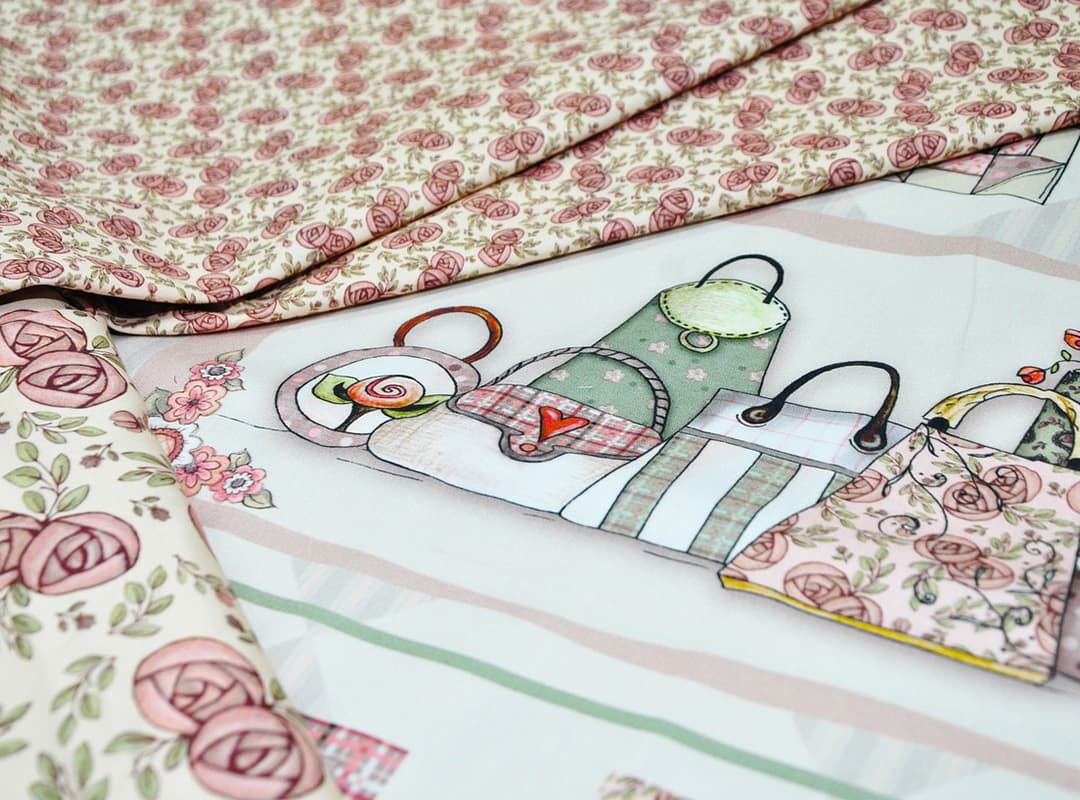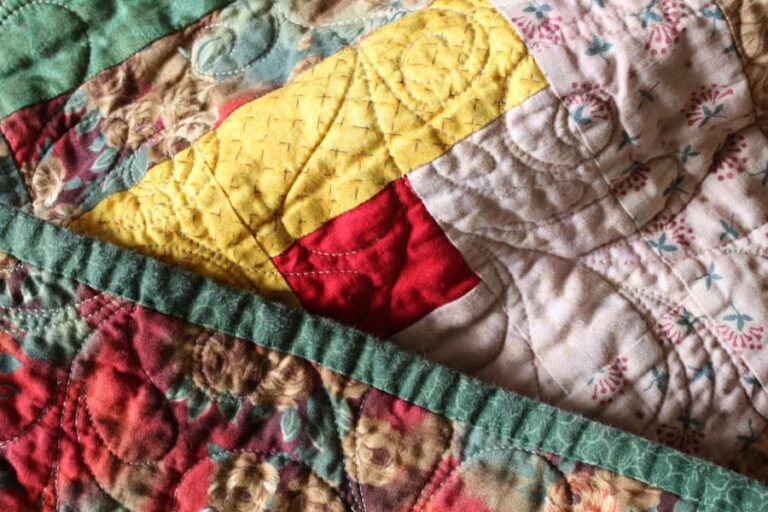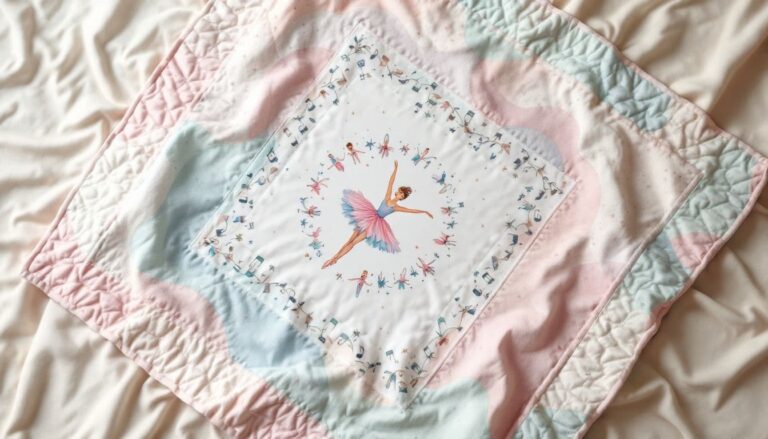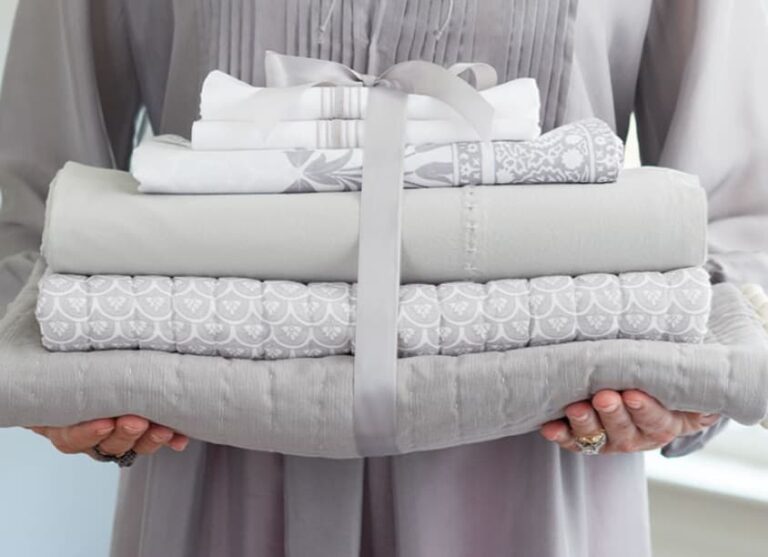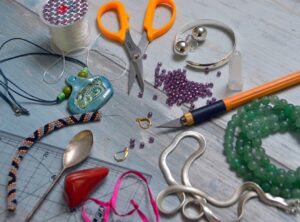Patchwork is a time-honored craft that combines creativity, precision, and a bit of patience. If you’ve ever admired a beautifully crafted quilt and thought, I wish I could make something like that, you absolutely can! This guide will take you through the basics of patchwork and give you the confidence to start your very first project.
What Is Patchwork?
Patchwork involves sewing together pieces of fabric, often in geometric shapes, to create a larger, patterned design. It’s a versatile craft that allows for endless creativity, whether you’re making a simple cushion cover or an intricate quilt. The joy of patchwork lies in its ability to transform small fabric scraps into a cohesive and meaningful piece of art.
Materials You’ll Need to Start
Before diving into your first patchwork project, gather these essential materials:
- Fabric: Choose a selection of fabrics in different colors and patterns. Cotton is often the best fabric for beginners due to its durability and ease of use.
- Cutting Tools: A rotary cutter, cutting mat, and a clear acrylic ruler will help you cut your fabric with precision.
- Sewing Machine: While some prefer to sew patchwork by hand, using a sewing machine will speed up the process.
- Thread: A strong, high-quality thread is essential. Stick to neutral colors or match your thread to the fabric.
- Iron: Pressing your fabric after each step is crucial for neat, accurate seams.
- Pins and Clips: These will help hold your pieces in place while sewing.
Choosing Your First Patchwork Design
For beginners, it’s best to start with a simple design, such as a four-patch or nine-patch block. These are classic, straightforward patterns that will help you build confidence in cutting and sewing. Choose 2-4 fabrics that complement each other for a harmonious, balanced look.
Step-by-Step Guide to Your First Patchwork Project
1. Prepare Your Fabric
Wash and iron your fabric to remove any shrinkage and wrinkles. It’s a good idea to pre-shrink the fabric before cutting, as this prevents distortions later.
2. Cut Your Fabric
Using your rotary cutter and ruler, cut your fabric into squares or rectangles based on your pattern. For a simple four-patch block, you’ll need four fabric squares of the same size.
3. Layout Your Design
Before sewing, arrange your fabric squares on a flat surface to get an idea of how the final design will look. This step allows you to play with color and pattern placement until you’re satisfied.
4. Sew Your Pieces Together
Begin by sewing two squares together with a ¼ inch seam allowance. Always sew with the right sides of the fabric facing each other. Press the seams open or to one side with your iron after each row of stitching.
5. Join the Blocks
Once you’ve sewn individual blocks, join them together row by row. Be sure to align the seams carefully to keep your design symmetrical.
6. Finish Your Patchwork
After sewing your blocks together, you can add a border or sashing to frame the patchwork. Once the top layer is complete, you can move on to quilting if you wish to turn it into a full quilt, or simply back the patchwork with fabric for smaller projects like a cushion cover.
Tips for Beginners
- Start Small: Your first project doesn’t need to be a full quilt. Try a mini quilt, pillowcase, or wall hanging to practice your skills.
- Embrace Imperfections: Don’t worry if your seams aren’t perfect. Patchwork is about learning and enjoying the process.
- Take Your Time: Quilting is a craft that rewards patience. Focus on accuracy over speed, especially in the beginning.
Learning from the Experts
If you’re looking for further guidance, following experienced quilters like Donna Ward can be invaluable. Donna, a celebrated quilter from New Zealand, is known for her detailed tutorials and inspiring designs. Her work emphasizes both the technical skill and the artistic beauty of patchwork, making her a great resource for beginners.
Starting your first patchwork project may seem daunting, but with the right tools, techniques, and mindset, it can be an enjoyable and fulfilling experience. Remember, every quilter starts as a beginner, and with practice, you’ll soon find yourself creating stunning quilts that you can cherish for years to come.
